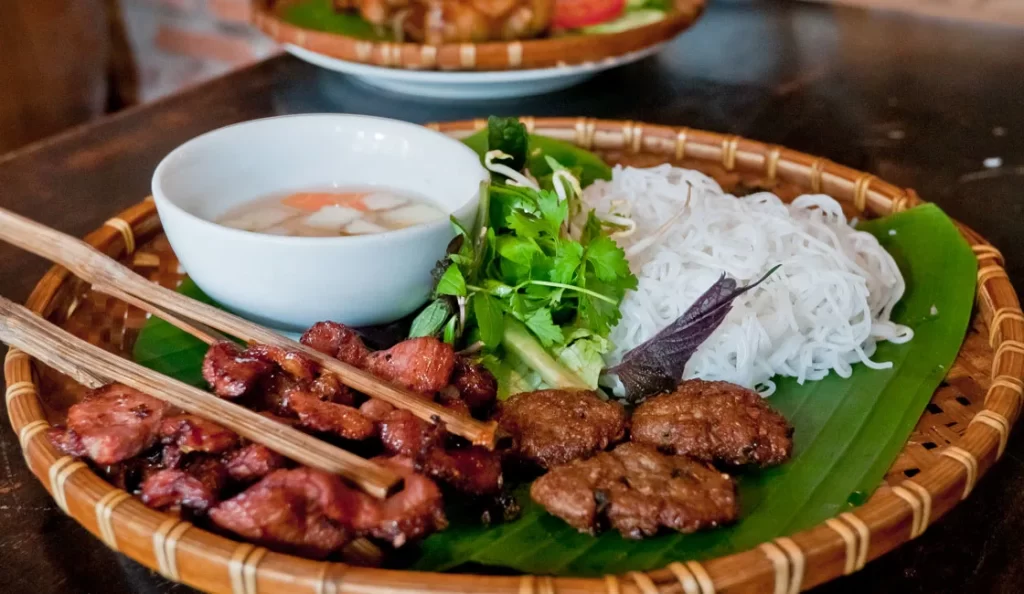Southeast Asia is not just a tourist paradise with its stunning natural landscapes, but also a region rich in cultural traditions, especially in its culinary traditions. Each country in the region boasts its own unique dishes that contribute to a vibrant and flavorful culinary scene. Let’s explore the top 10 most unique culinary traditions in Southeast Asia to better understand the creativity and essence of each nation’s cuisine.
1. Phở – Vietnam
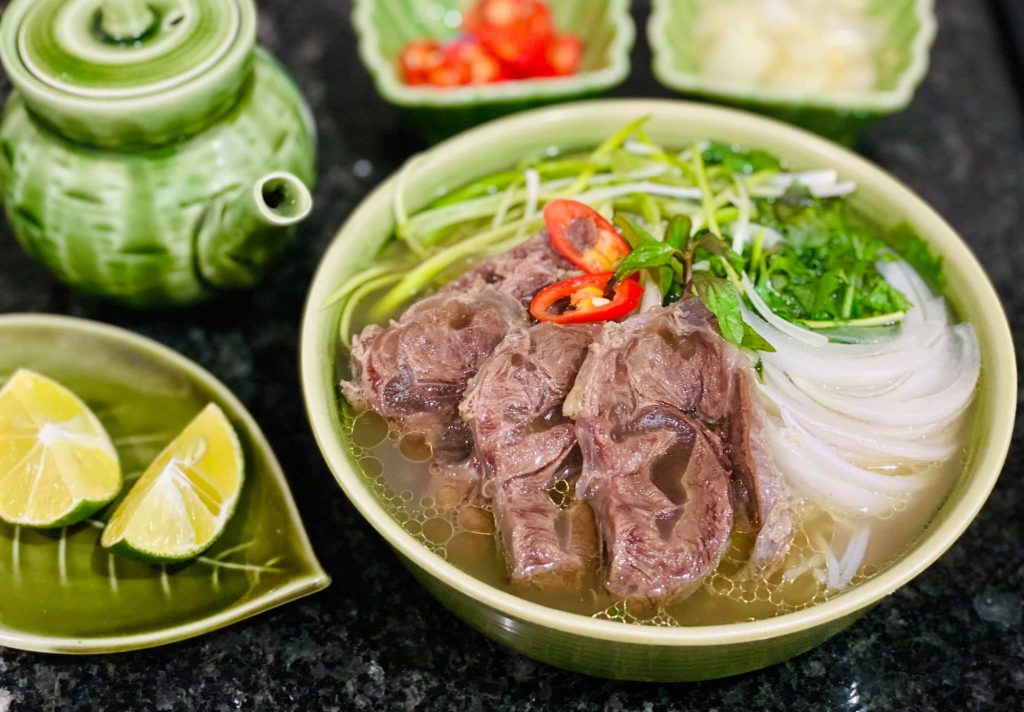
Phở, a dish deeply embedded in Vietnamese culture, has become an international symbol of Vietnam’s culinary heritage. This soup consists of a rich, aromatic broth, soft rice noodles, and beef or chicken. The harmonious blend of these ingredients creates a unique flavor that is hard to forget. Phở is not just a popular breakfast choice for Vietnamese people but also a favorite among international visitors.
2. Nasi Lemak – Malaysia
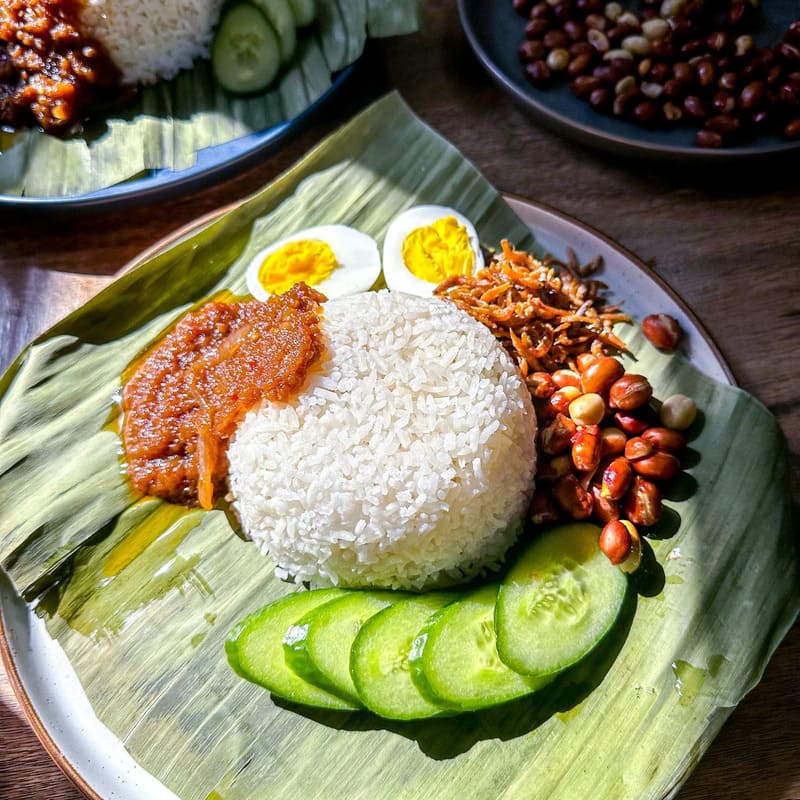
Nasi Lemak is Malaysia’s traditional dish, often considered the “soul food” of the nation. The dish features rice cooked in coconut milk, served with boiled eggs, crispy fried anchovies, peanuts, and a spicy sambal sauce. The combination of ingredients reflects the harmonious blend of flavors in Malaysian cuisine, where richness, spice, and texture meet in every bite.
3. Culinary Tradition of Pad Thai – Thailand
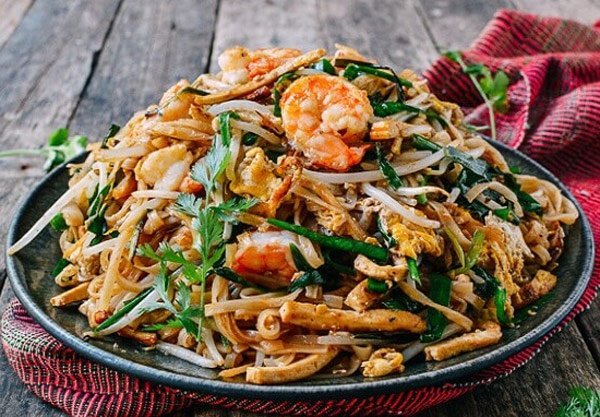
Pad Thai is one of the most popular street foods in Thailand. This dish consists of stir-fried noodles with shrimp, eggs, tofu, and vegetables, seasoned with tamarind sauce, peanuts, and chili. Pad Thai not only delights with its delicious taste but also represents the vibrant street food culture of Thailand, offering a perfect balance of sweet, sour, spicy, and savory flavors.
4. Adobo – Philippines

Adobo is a signature dish of the Philippines, typically made with chicken or pork cooked with vinegar, soy sauce, garlic, and peppercorns. The dish offers a robust flavor, with a perfect balance of salty and tangy elements. Adobo is a staple in Filipino households, and while it can be prepared in many styles, it always retains the core flavors that make it distinctly Filipino.
5. Gado-Gado – Indonesia
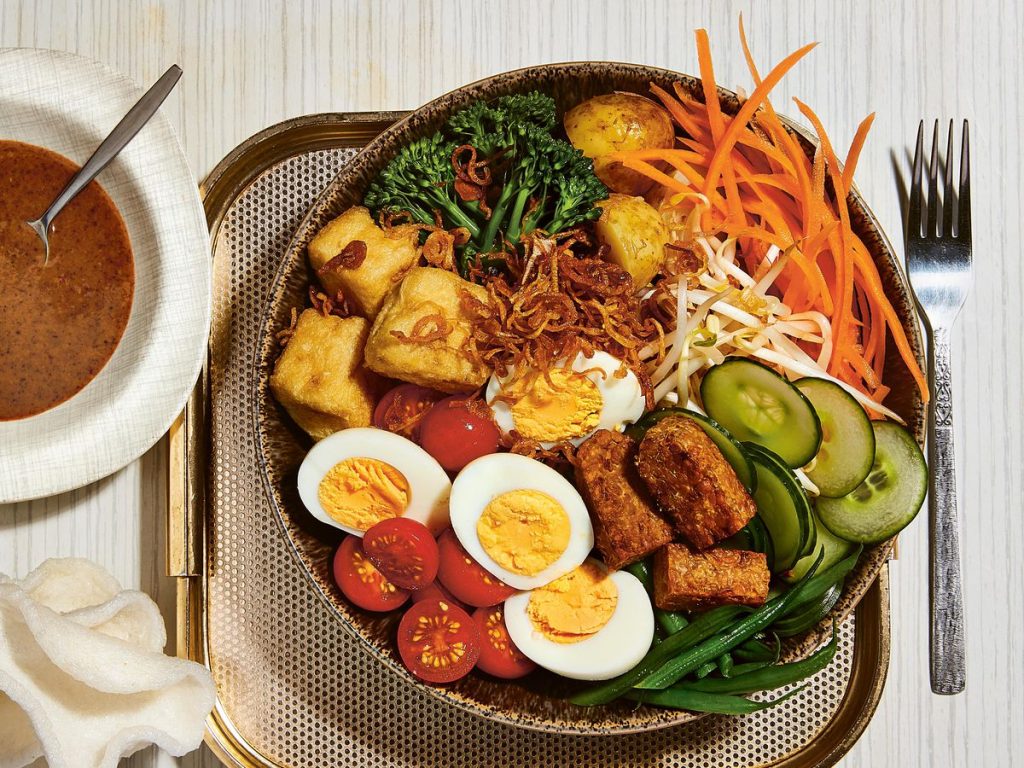
Gado-Gado is a traditional Indonesian salad featuring fresh vegetables, tofu, boiled eggs, and shrimp crackers. What makes this dish special is the rich peanut sauce that is drizzled on top, giving the dish its signature nutty and savory taste. Gado-Gado is not only a popular vegetarian option but also a reflection of Indonesia’s rich and diverse culinary scene.
6. Laksa – Singapore
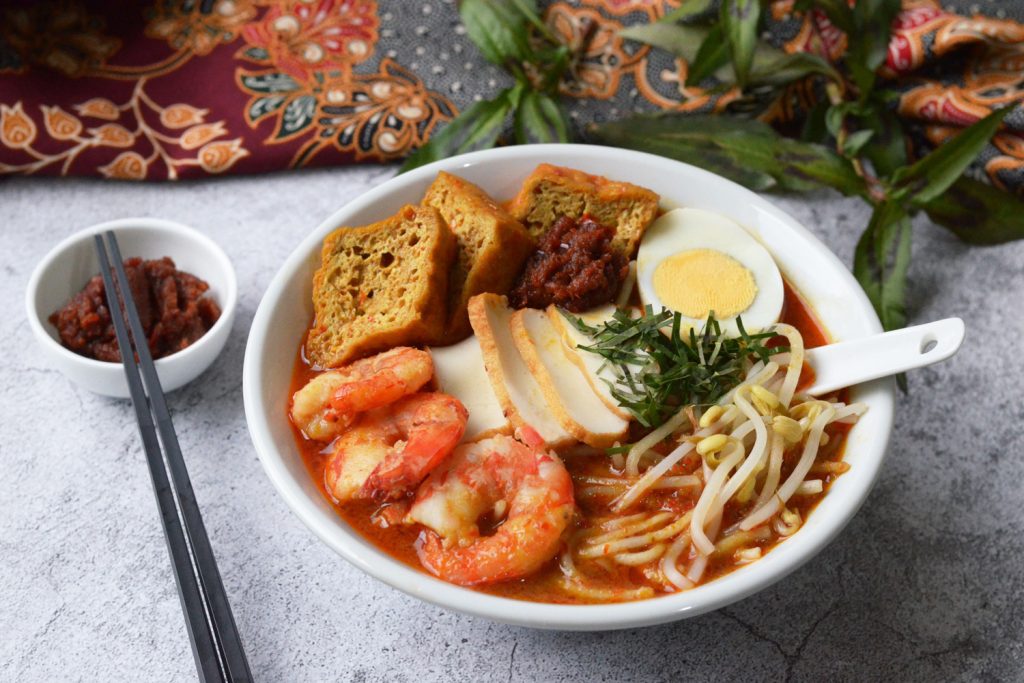
Laksa is a spicy noodle soup, rich in coconut milk and flavored with aromatic spices. Commonly served with shrimp, chicken, or fish, and accompanied by fresh herbs, this dish embodies the flavors of Singapore’s multicultural food scene. There are many variations of laksa in different parts of the country, but all versions share the same bold and creamy essence that characterizes Southeast Asian cuisine.
7. Cuisine Traditions of Som Tum – Thailand
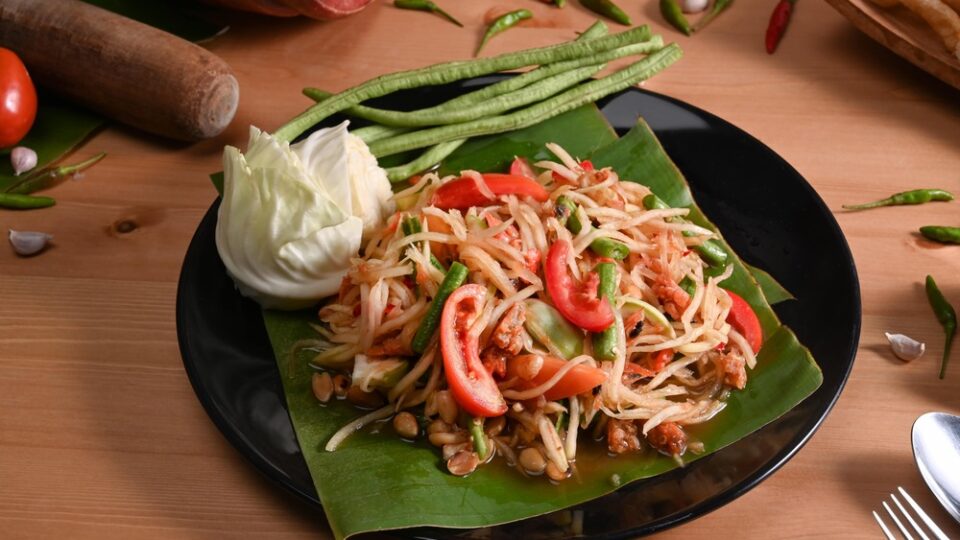
Som Tum is a famous green papaya salad from Thailand, renowned for its spicy kick. The dish combines shredded green papaya, chili, garlic, sugar, fish sauce, and lime juice, resulting in an explosion of sweet, sour, salty, and spicy flavors. Som Tum is a favorite among Thais and visitors alike and showcases the bold, adventurous spirit of Thai cuisine.
8. Bún Chả – Vietnam
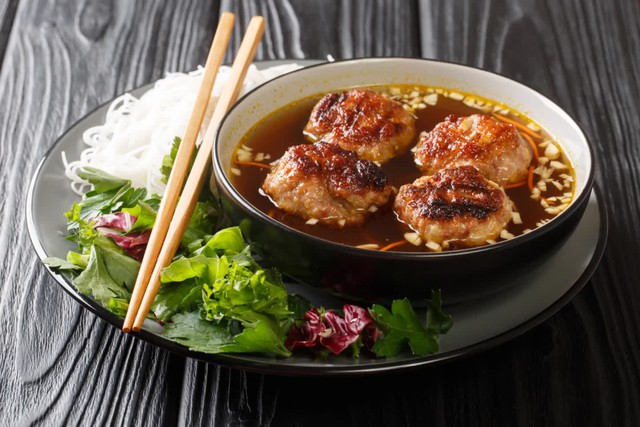
Bún Chả is a traditional dish from Hanoi, featuring grilled pork served with rice noodles, fresh herbs, and a tangy dipping sauce. The smoky flavor of the grilled pork combined with the refreshing taste of the herbs and the sweet and sour sauce makes bún chả an exquisite dish. This delicacy even caught the attention of former U.S. President Barack Obama when he visited Vietnam.
9. Satay – Indonesia and Malaysia
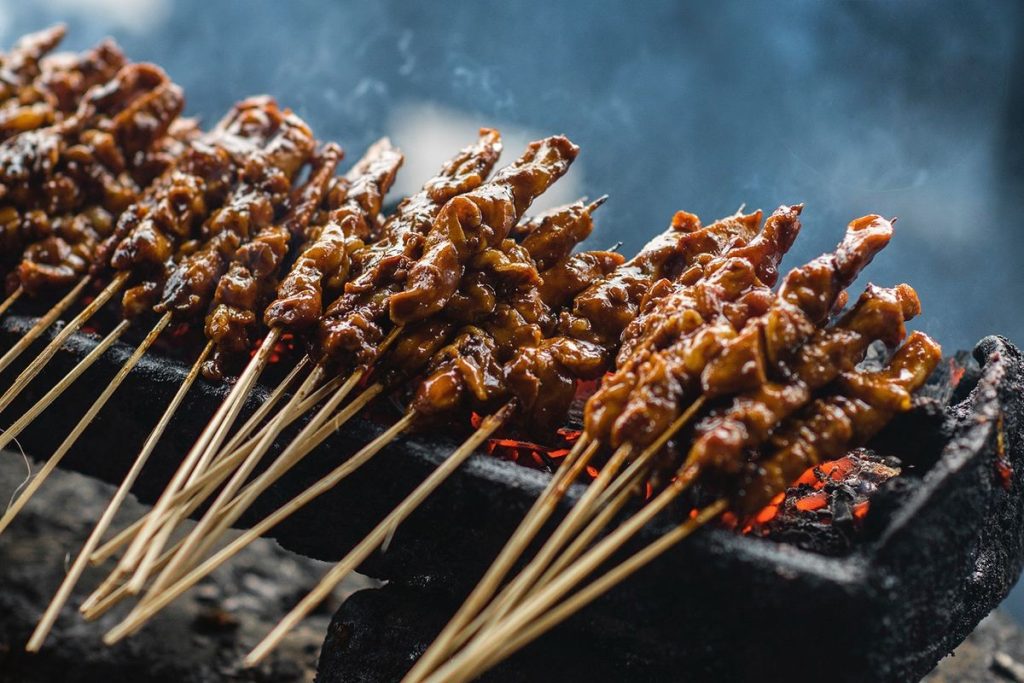
Satay is a popular skewered meat dish commonly found in Indonesia and Malaysia, often served with a rich peanut sauce. The meat is marinated with a blend of spices before being grilled over hot coals, resulting in a fragrant, smoky, and tender bite. Satay is a favorite street food, sold in markets and night bazaars across Southeast Asia.
10. Hủ Tiếu – Vietnam
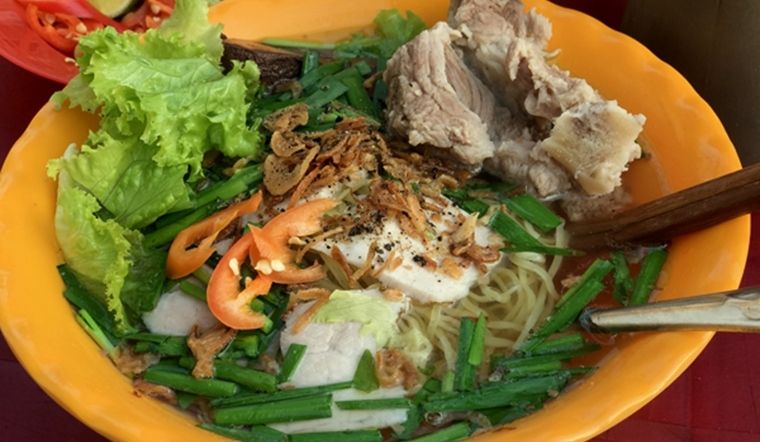
Hủ Tiếu is a beloved noodle dish from Southern Vietnam, known for its silky noodles, clear broth, and flavorful toppings. This dish is typically accompanied by bean sprouts, fresh herbs, and a tangy dipping sauce, making it a staple breakfast food in the region. Hủ Tiếu reflects the diverse and rich culinary culture of Vietnam’s southern regions, offering a lighter yet flavorful experience.
Culinary Diversity of Southeast Asia: A Rich Tapestry of Flavors
Southeast Asia is a region where the culinary traditions are as diverse as the cultures themselves. Each country offers a distinctive array of dishes, all of which have their own stories, flavors, and techniques that reflect the history, people, and culture of the region. Whether it’s Vietnam’s iconic phở, Thailand’s bold Pad Thai, or Malaysia’s hearty Nasi Lemak, Southeast Asian cuisine is a true celebration of flavors, with each dish offering a unique experience for those who are willing to explore.
The Influence of Geography and History
The geography of Southeast Asia plays a crucial role in shaping the region’s food culture. Its tropical climate allows for a wide variety of fresh ingredients, such as herbs, vegetables, and spices, that form the basis of many traditional dishes. Additionally, the region’s location along ancient trade routes has brought influences from China, India, the Middle East, and Europe, all of which have enriched and diversified local cuisines.
For example, Indonesia’s Gado-Gado shows Indian influences with its use of peanut sauce, while the Philippines’ Adobo reflects Spanish colonial influence with its use of vinegar and soy sauce. Meanwhile, Thailand’s street food culture, such as Som Tum and Pad Thai, demonstrates the country’s ability to blend local ingredients with influences from neighboring China and India.
A Blend of Tradition and Modernity
Today, Southeast Asian cuisine continues to evolve, blending traditional flavors with modern culinary techniques. Chefs across the region are experimenting with fusion dishes, incorporating new ingredients and presentation styles to create innovative yet authentic culinary experiences. Restaurants in cities like Bangkok, Hanoi, and Kuala Lumpur are combining the best of local and international cuisines to offer a fresh take on traditional dishes, making Southeast Asia a hot spot for food lovers around the world.
Savoring Southeast Asian Cuisine
To truly appreciate the flavors of Southeast Asia, one must not only try the famous dishes but also understand the cultural significance behind them. For locals, food is not just nourishment; it is a way of life, a means of expressing cultural identity and community. Meals are often shared, and the act of cooking and eating together is a social experience that brings people closer.
For visitors, exploring the culinary traditions of Southeast Asia is like embarking on a journey of discovery. Each dish tells a story of the region’s history, geography, and people, offering a taste of the rich cultural heritage that makes Southeast Asia one of the most exciting culinary destinations in the world.
With its diverse flavors, vibrant street food culture, and deep-rooted traditions, Southeast Asian cuisine promises to offer a memorable and delicious adventure for anyone willing to explore its culinary treasures. Whether you’re indulging in the complex flavors of Vietnamese phở or savoring the rich taste of Malaysian Nasi Lemak, Southeast Asian food invites you to embark on a flavorful journey through one of the world’s most dynamic and culturally rich regions.
